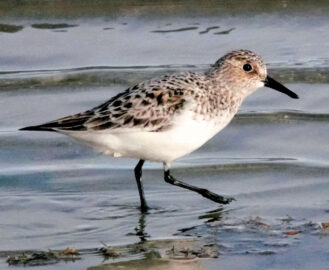
Sanderling, originally misidentified as the Western Sandpiper.
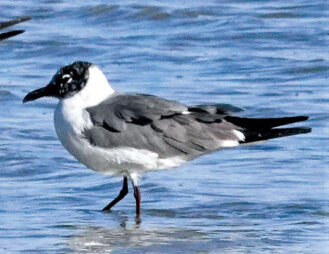
Laughing Gull, originally misidentified as the Franklin’s Gull.
![]()
Although it can be difficult to distinguish between birds that have similar features, modern technology can help birders correct mistakes and make accurate identifications. The bird on the left was misidentified as a Western Sandpiper, a small sandpiper and one of many migratory shorebirds that returns to Denver in the spring. It’s smaller than the Killdeer and has a black bill and legs. The bird on the right was misidentified as a Franklin’s Gull, which is also more common in the spring. Turns out, they are a Sanderling and a Laughing Gull respectively.
Birding can be nuanced and humbling. But modern technologies, such as continuous auto-focusing digital cameras, and the Merlin app from the Cornell Lab of Ornithology, have helped me become a better birder—more skillful, knowledgeable, and accurate. Two recent examples from my birding experiences at the Rocky Mountain Arsenal National Wildlife Refuge demonstrate the usefulness of these tools.
In April, I misidentified the sandpiper as a Western and the gull as a Franklin’s. If I reported these results as such without photos, they would have been incorrectly accepted and entered into Cornell’s huge database. However, because of the captured photos (above) that were subjected to scrutiny under the Merlin app for photo ID, the misidentifications were corrected to the Sanderling and Laughing Gull, both considered rare sightings for Denver.
Without modern technologies, the initial misidentifications would have been recorded erroneously. But with the help of photos and Merlin’s photo ID app, the mistakes were corrected and the accurate data of these rare sightings were recorded.
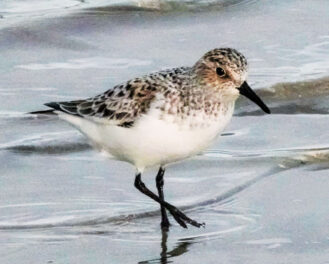
Sanderling (8 inches)
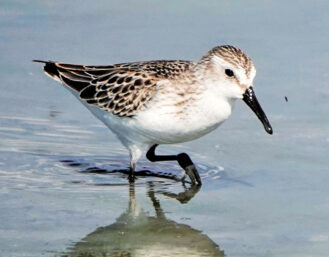
Western Sandpiper (6 inches)
The Sanderling is larger than the Western Sandpiper, and the patterns or markings on the head and breast have subtle differences. Also, the Sanderling is missing the hind toe (not always obvious).
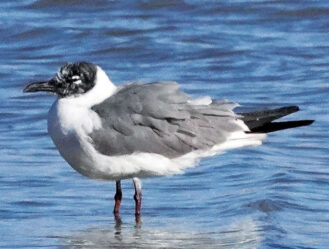
Laughing Gull (17 inches)
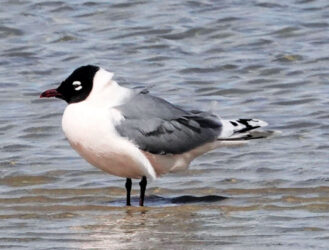
Franklin’s Gull (13 inches)
The Laughing Gull is larger than the Franklin’s and lacks the white spots on the black primary feathers (seen better in flight). The bill is longer and thicker. Otherwise they are quite similar.![]()
Bird Walks: July 1 and August 5. Two options: 8–10:30am or 8:30–10:30am (choose a 2-hour or a 2.5-hour walk.) Both walks are free but you must RSVP at www.blufflake.org/birdwatching. All are welcome. Bring your own binoculars, or borrow a pair from your guide. 11255 MLK Blvd. Search FrontPorchNE.com for “Bird Sightings” to see all the past bird stories and photos from George Ho.



0 Comments